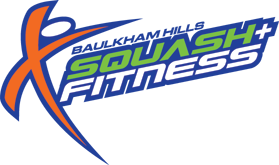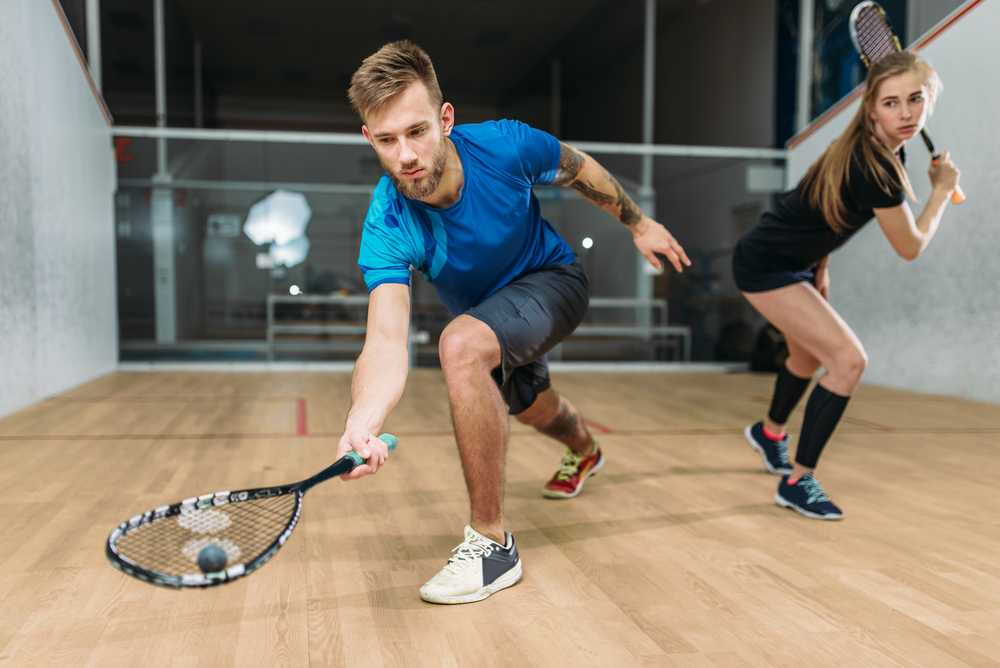Are you looking for a thrilling and intense sport that provides an incredible workout while challenging your agility, strategy, and reflexes? Look no further than squash! Squash is a dynamic racquet sport that has gained popularity around the world due to its fast-paced nature and numerous health benefits. In this article, we'll delve into the basics of squash and provide some essential tips for beginners to get started in this exhilarating sport.
Understanding the Game:
Squash is played on a four-walled court, either indoor or outdoor, with two players (singles) or four players (doubles) competing against each other. The objective is to hit a small rubber ball against the front wall, above the tin (bottom boundary), and below the outline (top boundary), while preventing your opponent from returning the shot. Players take turns hitting the ball against the front wall, aiming to make it difficult for their opponent to retrieve. The game continues until one player fails to hit the ball before it bounces twice, resulting in a point for their opponent.
Essential Equipment:
To get started with squash, you'll need a few basic pieces of equipment:
- Squash racquet: Choose a racquet that feels comfortable in your hand and suits your playing style. There are different types of racquets available, ranging from lightweight for enhanced maneuverability to heavier ones for additional power.
- Squash ball: Squash balls come in different speeds denoted by colored dots on them, ranging from slow (double yellow dot) to fast (single yellow dot). Beginners are recommended to start with a double yellow dot ball, which provides more bounce and allows longer rallies.
- Non-marking indoor court shoes: To ensure safety and maintain the court's surface, invest in a good pair of non-marking court shoes that offer stability and grip.
Basic Techniques:
Mastering a few fundamental techniques will greatly enhance your performance and enjoyment of squash:
- Grip: Hold the racquet with a firm, yet relaxed grip. The most commonly used grip is the "closed racket face" grip, where the knuckle of your index finger rests against the side of the racquet handle.
- Swing: Practice a smooth and controlled swing, utilizing both your arm and body rotation to generate power. Aim to hit the ball with a clean strike, making contact in the middle of the strings.
- Movement: Squash requires quick and efficient movement around the court. Work on your footwork, focusing on maintaining a balanced stance and utilizing small, quick steps to reach the ball effectively.
- Shots: Familiarize yourself with basic shots such as the drive (a straight shot along the side walls), boast (a shot angled off the side wall), and drop shot (a soft shot played near the front wall). Practice these shots to improve your shot selection and court coverage.
Fitness and Conditioning:
Squash is a demanding sport that requires a high level of fitness and endurance. Incorporate cardiovascular exercises like running or cycling into your routine to build stamina. Additionally, focus on core strength and flexibility exercises to improve your agility and prevent injuries. Regular practice on the court will also help you build match-specific fitness.
Learn from Experienced Players:
To accelerate your progress in squash, seek guidance from experienced players or consider taking lessons from a certified squash coach. They can help you refine your techniques, develop strategies, and provide valuable feedback to elevate your game.
Conclusion:
Squash is an exhilarating sport that offers a thrilling combination of athleticism, strategy, and skill. As a beginner, mastering the basics of grip, swing, movement, and shot selection will set you on the path to enjoying this fast-paced


